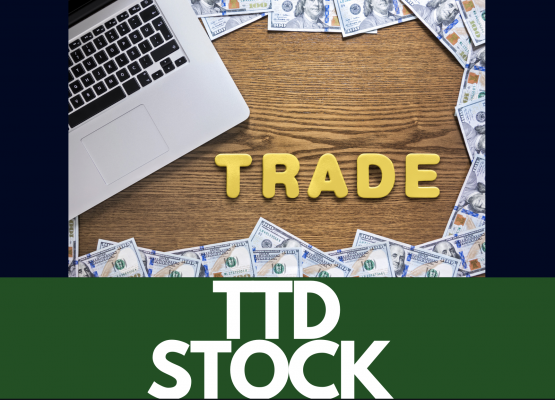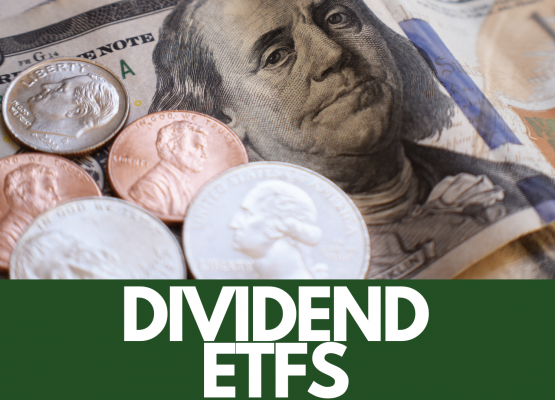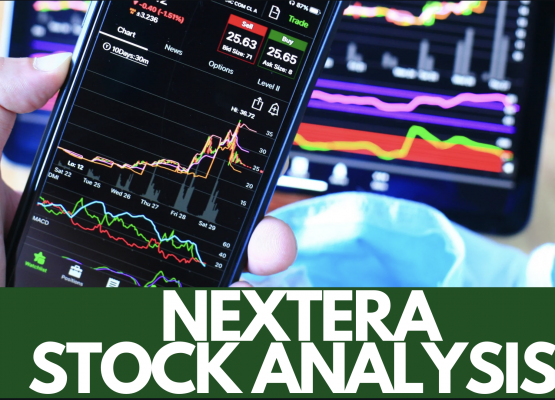Growth

Palantir Technologies Inc. (NYSE: PLTR) Stock Analysis: Is It Time to Invest?
Palantir Technologies Inc. (NYSE: PLTR) has recently captured the attention of investors as its stock price surged to over $28 per share. Over the past five years, the stock has experienced a significant increase of 205.11%. In this article, we will delve into a comprehensive analysis of Palantir’s business model, financial performance, market position, and […]

Trading OTC Penny Stocks For Complete Beginners
Otherwise known as the Land of Milk & Honey, the “Wild West” of the stock market and other names, the OTC or over the counter markets is an electronic trading system that interlinks thousands of securities across the globe. The website for OTC markets is otcmarkets.com. However, it is important to note that when it […]

$1369.35 INSTANTLY with 100 shares of NVDA
Hello everyone! Welcome back to the website. In this video I discuss a hypothetical example against NVIDIA stock or NVDA, and how you can make $1,369.35 instantly with just 100 shares of the stock. You don’t need a lot to profit BIG from NVDA stock is the point. This strategy can be utilized by anyone […]

Will NVIDIA Stock Collapse?
In this video I discuss NVDA stock and why I believe one should strongly consider the fundamentals of the company long-term if they wish to be an investor, especially at the current valuation. Regardless of your opinion of NVDA as a company, there is one cardinal rule of investing that you must adhere to if […]

The NVIDIA Crash Will Be Epic
In this video I discuss NVDA stock and why I believe one should strongly consider the fundamentals of the company long-term if they wish to be an investor, especially at the current valuation. Regardless of your opinion of NVDA as a company, there is one cardinal rule of investing that you must adhere to if […]

Crypto Boom: Will Bitcoin Hit $100,000+ by December?
In this video and as an introduction to my other channel which is relaunching, Multi Bagger Investing, I discuss some of the potential opportunities for you to profit in the coming crypto four year super cycle, which has seen massive price surges in recent years, particularly in many higher risk assets, including various cryptocurrencies. Following […]

The Trade Desk, Inc. (TTD): Revolutionizing Digital Advertising with Programmatic Excellence
Introduction Overview of The Trade Desk, Inc. (TTD):The Trade Desk is a significant force in the digital advertising landscape, which specializes in programmatic advertising solutions that are focused on empowering advertisers to target specific audiences, with unprecedented precision and efficiency. Utilizing cutting-edge technology and data analytics, TTD enables clients to optimize their advertising spends across […]

Decoding Smart Beta Strategies: Enhancing Portfolio Returns with Advanced Indexing
Introduction to Smart Beta Strategies Let’s begin by discussing an overview of some potential Smart Beta Strategies, and how you can use these strategies to potentially assist you with your long-term investment goals, objectives and time horizon. Overview of Smart Beta The financial markets present a multitude of opportunities, especially with the excess volatility in […]

3 Dividend ETFs to Consider in 2024: A Comprehensive Analysis
The allure of Exchange-Traded Funds (ETFs) is undeniable. Offering a blend of simplicity, cost efficiency, and diversification, ETFs have become a staple in the portfolios of both budding and seasoned investors. Amidst this backdrop, the Invesco Russell 1000 Dynamic Multifactor ETF (OMFL), WisdomTree U.S. Quality Dividend Growth Fund (DGRW), and iShares Core Dividend Growth ETF […]

NextEra Energy: Powering the Future with Renewable Innovation
NextEra Energy, Inc. (NYSE: NEE), known as the world’s largest producer of wind and solar energy, has once again solidified its position at the forefront of the renewable energy sector with its remarkable performance in 2023. As global energy markets transition towards sustainable sources, NextEra’s strategic investments and operational excellence offer a blueprint for the […]
